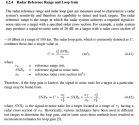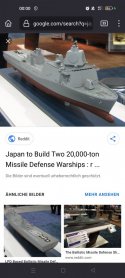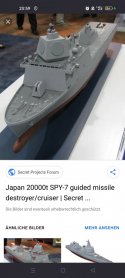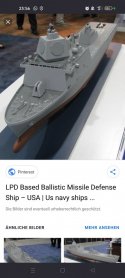There’s more parameters than just power. I pointed out earlier that your aperture size for SPY-1 was wrong, hence also the antenna gain. Furthermore, we don’t know the system noise temperature and line losses for SPY-6.
You know.. there is more than antenna aperture for gain. You might also want to consider beamwidth too because that's what i use to calculate gain. The equation would be G=30000/Beamwidth in degrees^2. Squared if the antenna is symmetrical. Why i am using beamwitdh ? because there is thing called Antenna weighting pattern. This changes your antenna radiation distribution pattern. Commonly used was Taylor-40 dB This give you.. antenna efficiency of 76%.
That's my friend is more useful than having to blindly estimates using antenna area.
Your argument keep changing all over the place. First you debate if Loop gain exist or not, Then you go on range, and now power. The last one which you yourself does not even sure if the figure given was correct or not.My argument: even without knowing SPY-1s loop gain, the fact that the 37 RMA SPY-6 is +20dB (100x) more sensitive (loop gain) allows us to determine the range at which it can track the golf ball at the same (uknown) SNR.
r_spy6= 100^(1/4) * 165 = 759km.
Regarding your calculation.. You cannot just plug anything to the inverse square law and expect it to work. I suggest you do a reading on George M Siouris book titled "Radar System Performance Modelling" 2nd Edition particularly page
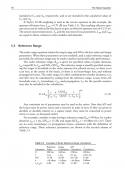
You need to know the SNR Value.. You cant just plug any random factor and expect it to work. Now i ask you what is your source for directly plugging in that 100 into 4th root law ?
In the other hand if you KNOW the amount of Loop gain.. not just the differences then you can use it to find the "excess" SNR which then you can plug in the 4th root law to find the range.
I'll be honest you're more in position of infuriating than helping at this point.

